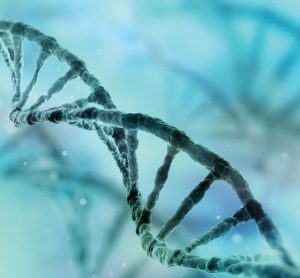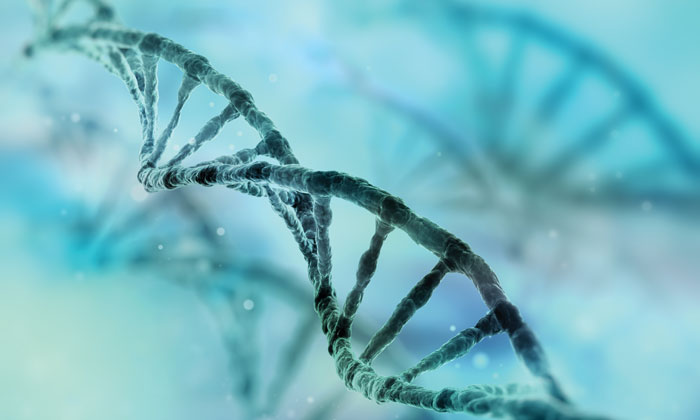Article 6: qPCR data analysis 2 – Controls and Troubleshooting
The tremendous increase in the number of laboratories using qPCR…
12 December 2009 | By
The tremendous increase in the number of laboratories using qPCR and publications relying on qPCR data are testament to the rapid uptake of this technology. When preceded by reverse transcription (RT-qPCR) it is regarded as the reference technique for validation of previously derived data such as from microarray studies and…






